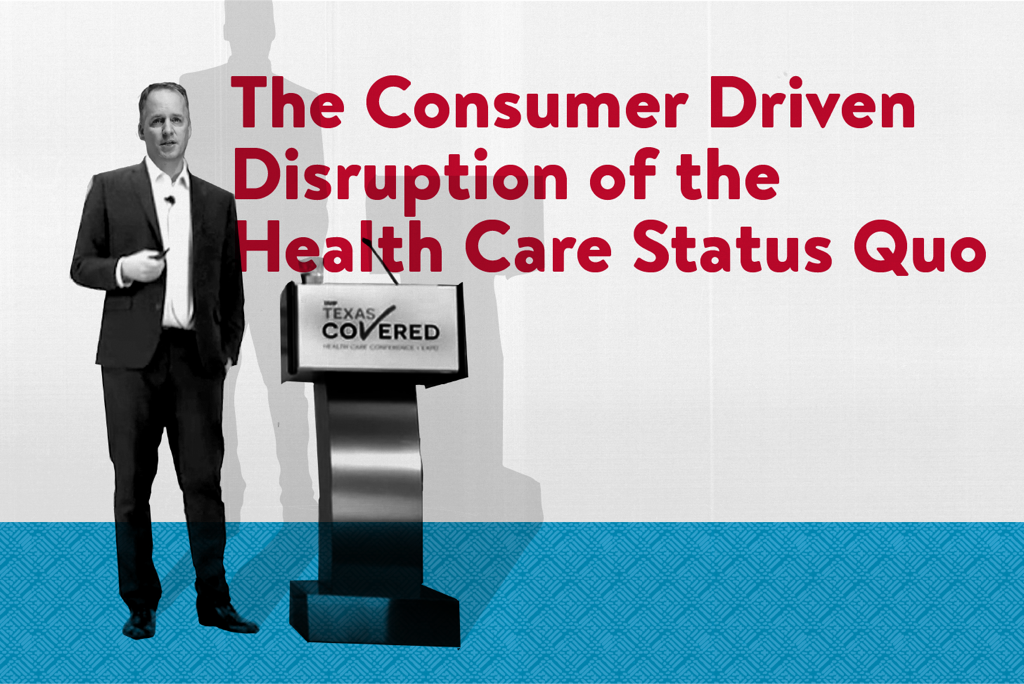The Consumer Driven Disruption of the Health Care Status Quo
Innovation is already disrupting the health care industry. The only question is how far it will go.
I admit to being surprised when they asked me to deliver a keynote address at the Texas Association of Health Plans conference.
“Are you sure you want me?” I asked.
The Association is the lobbying group for the big insurance companies that operate in Texas. Its members include the BUCAH old guard: Blue Cross Blue Shield of Texas, Aetna, Cigna, UnitedHealt…
Keep reading with a 7-day free trial
Subscribe to Marshall Allen Project to keep reading this post and get 7 days of free access to the full post archives.



